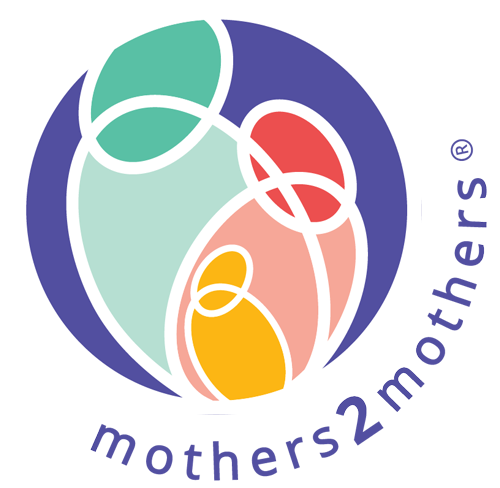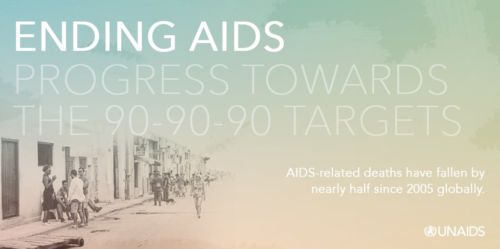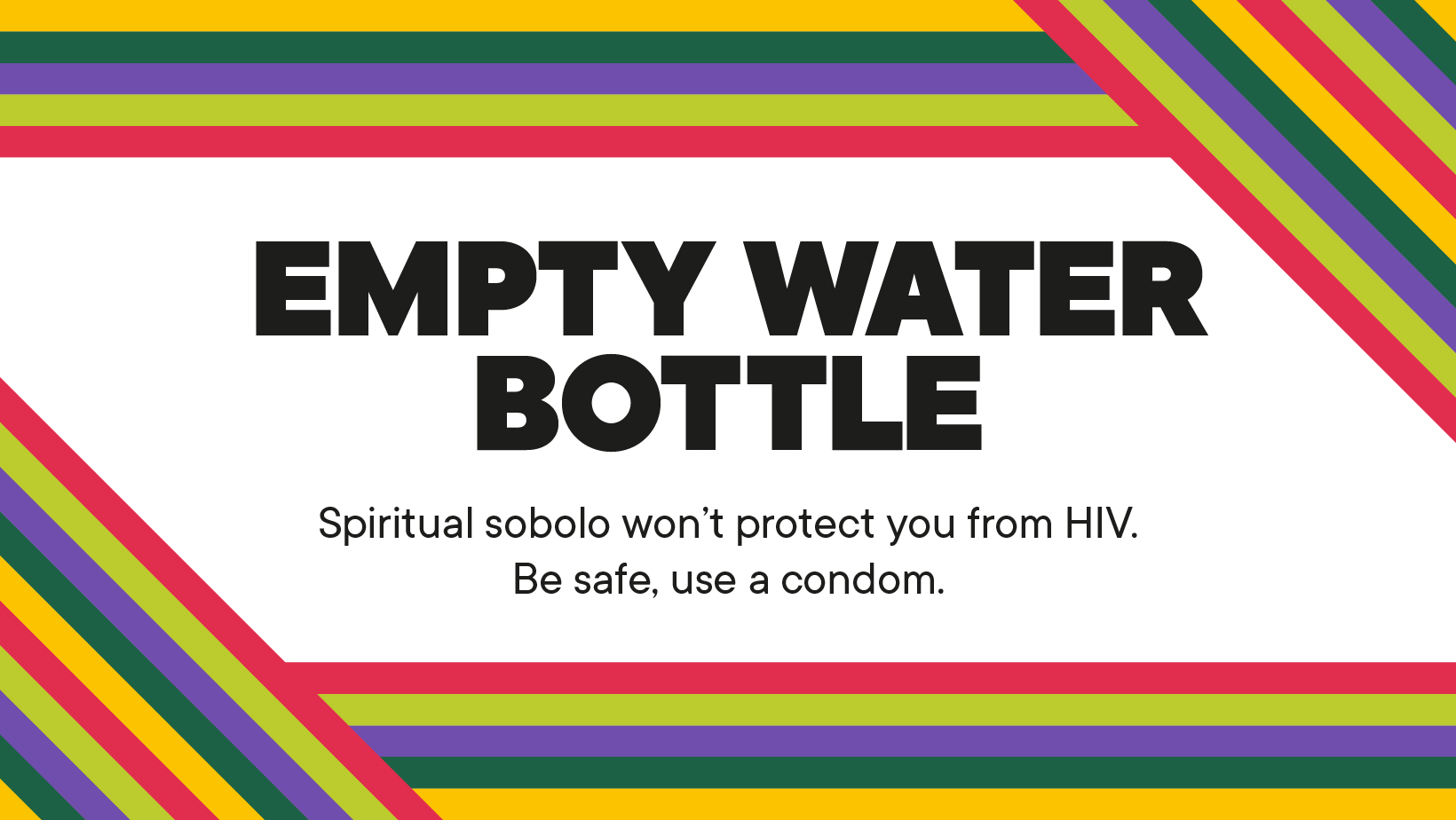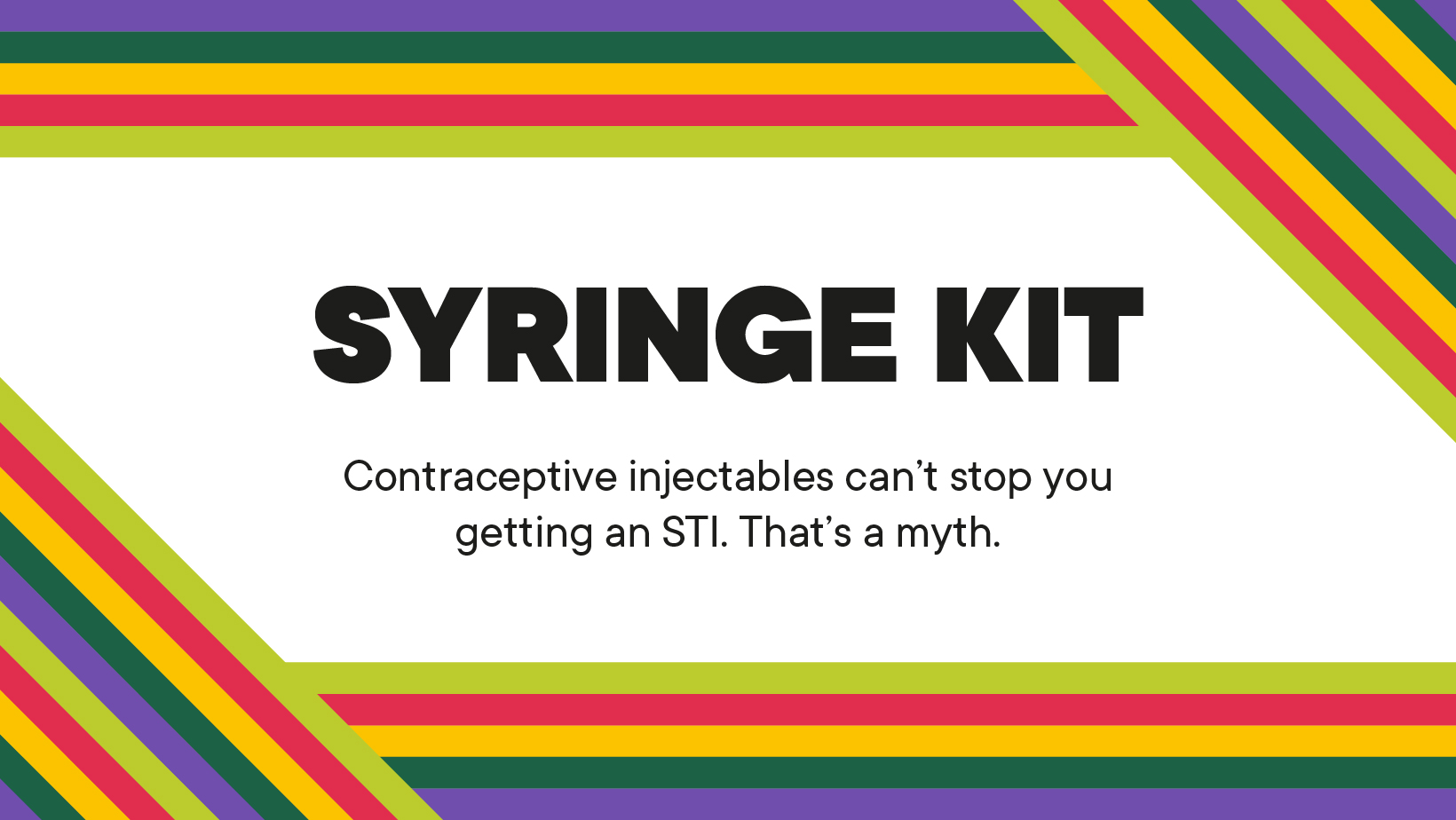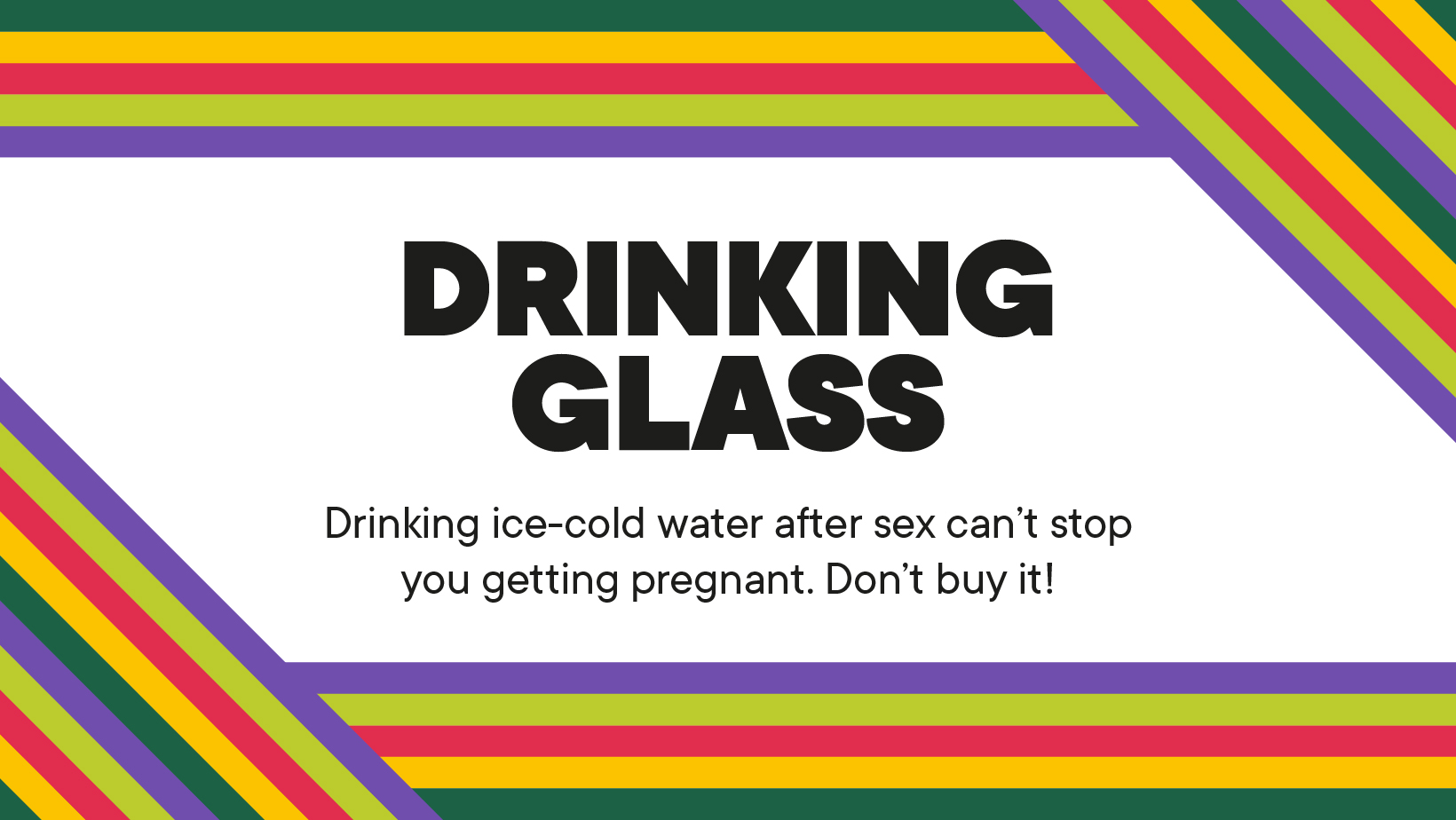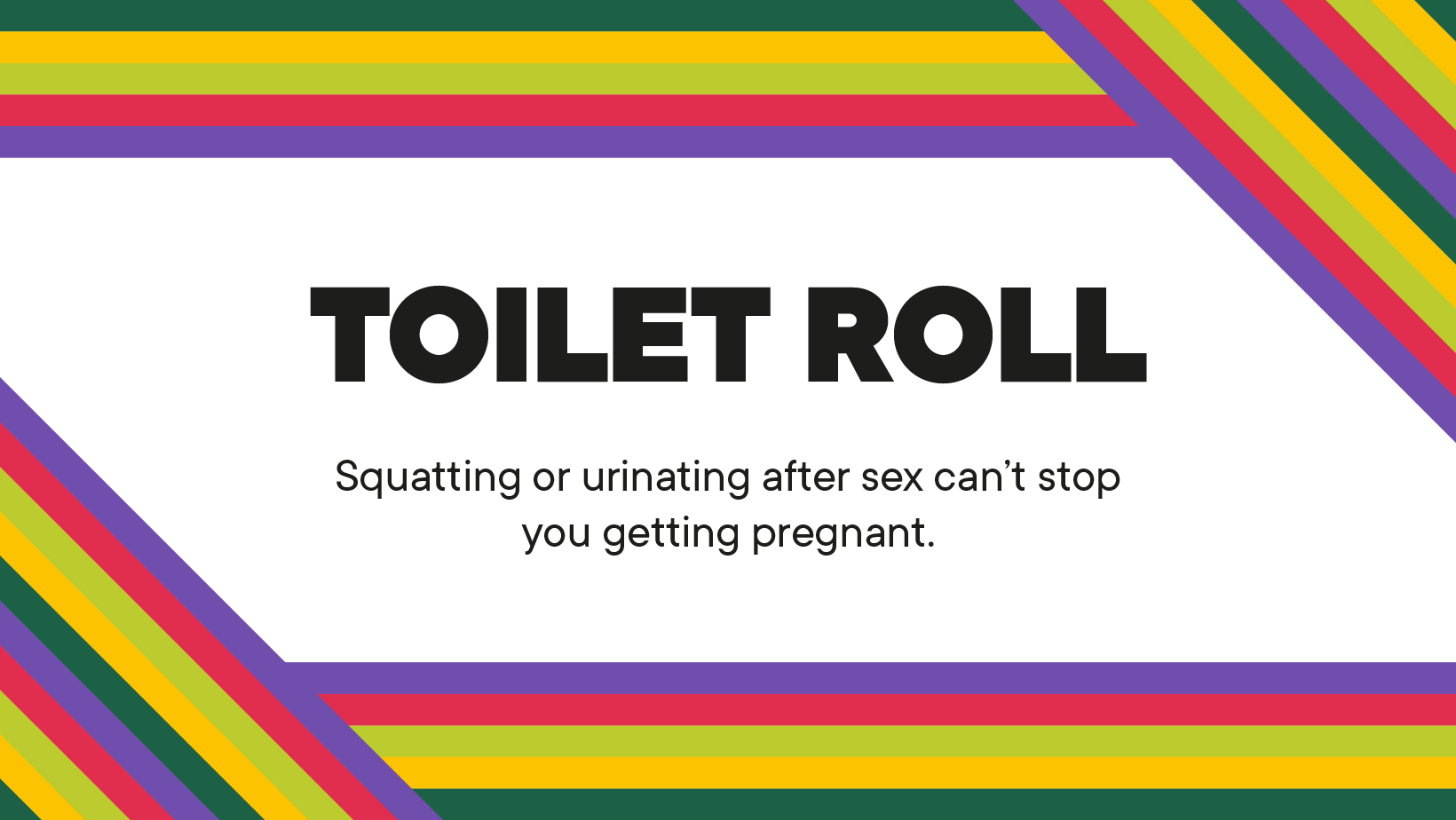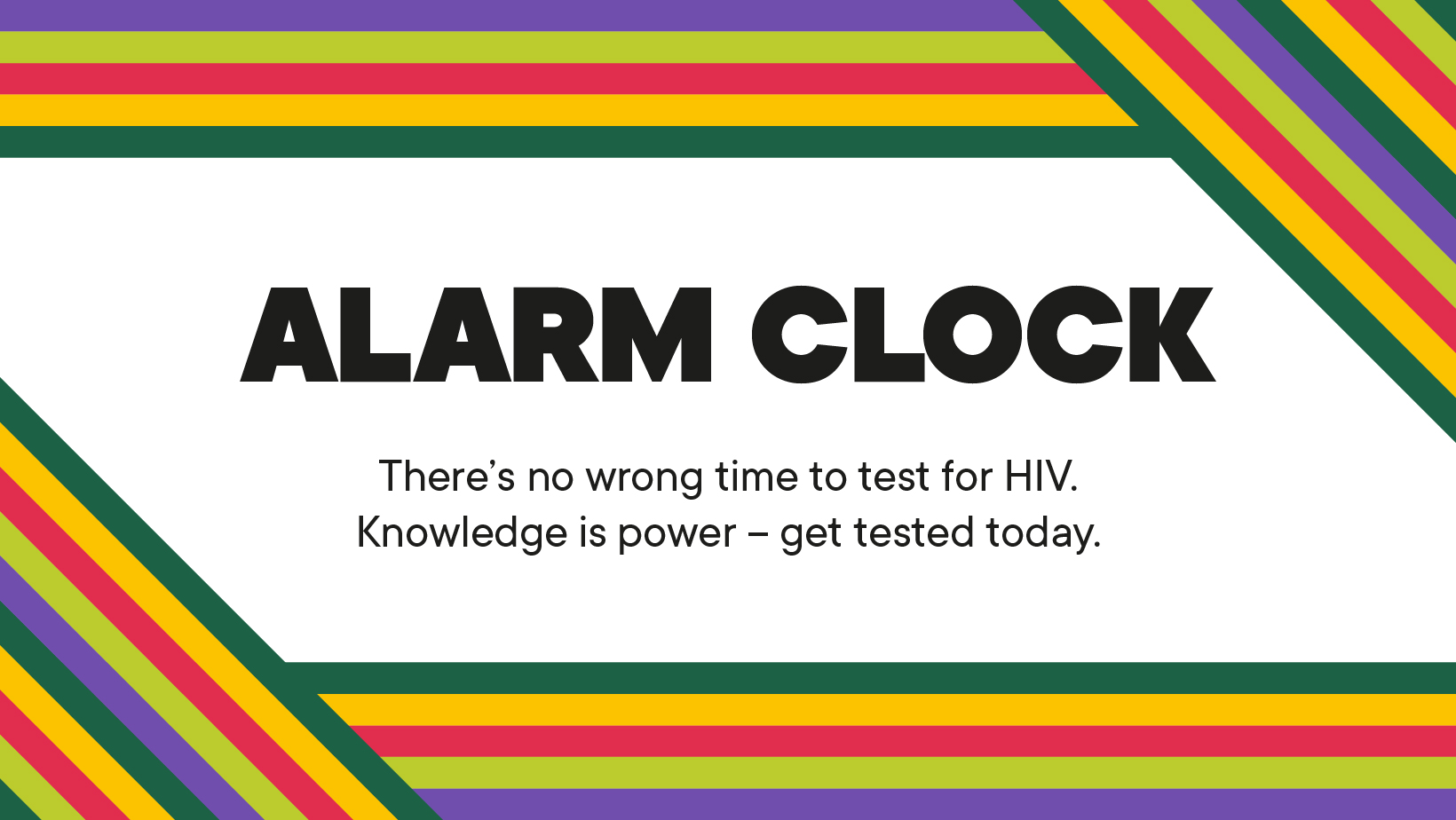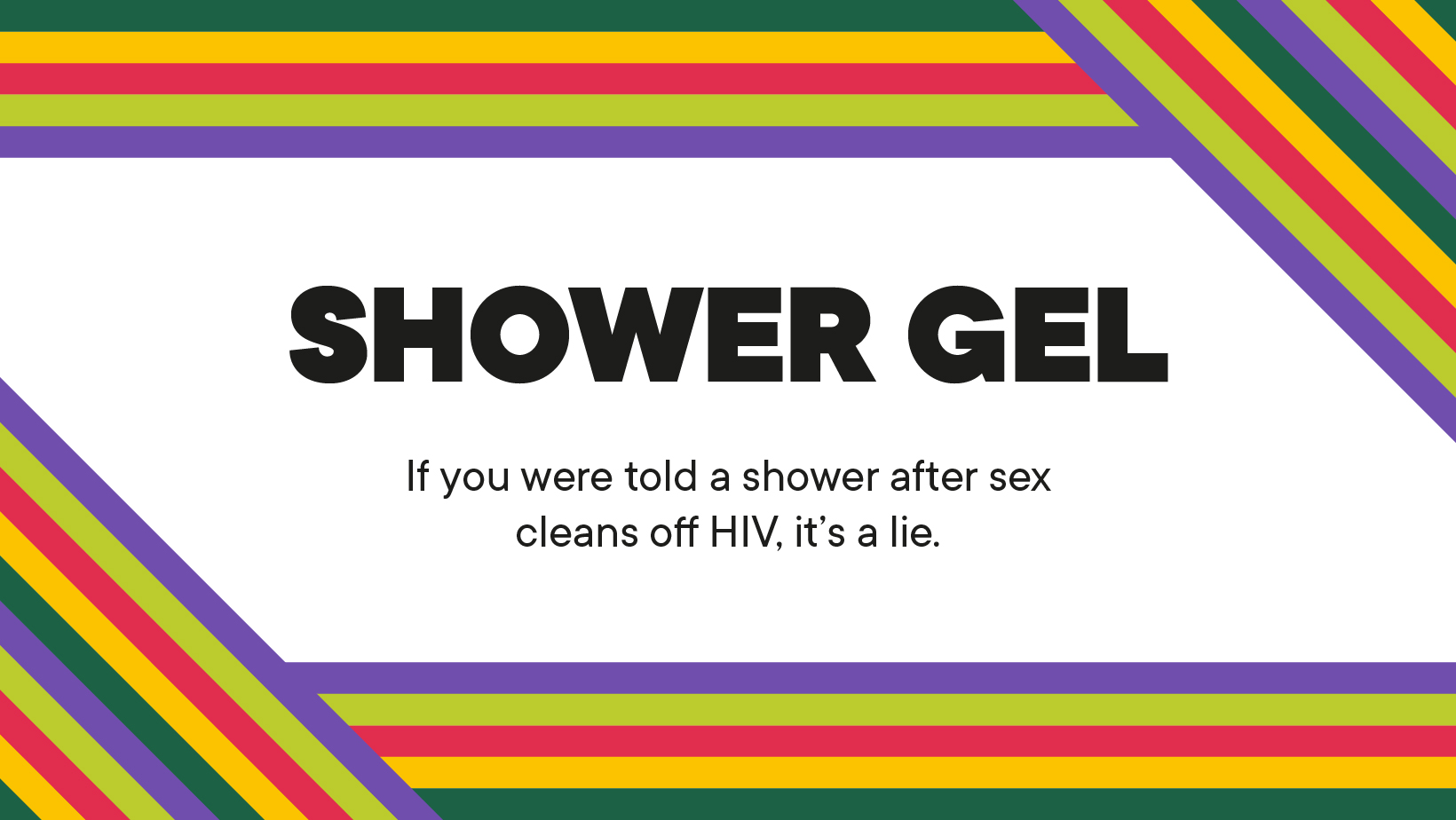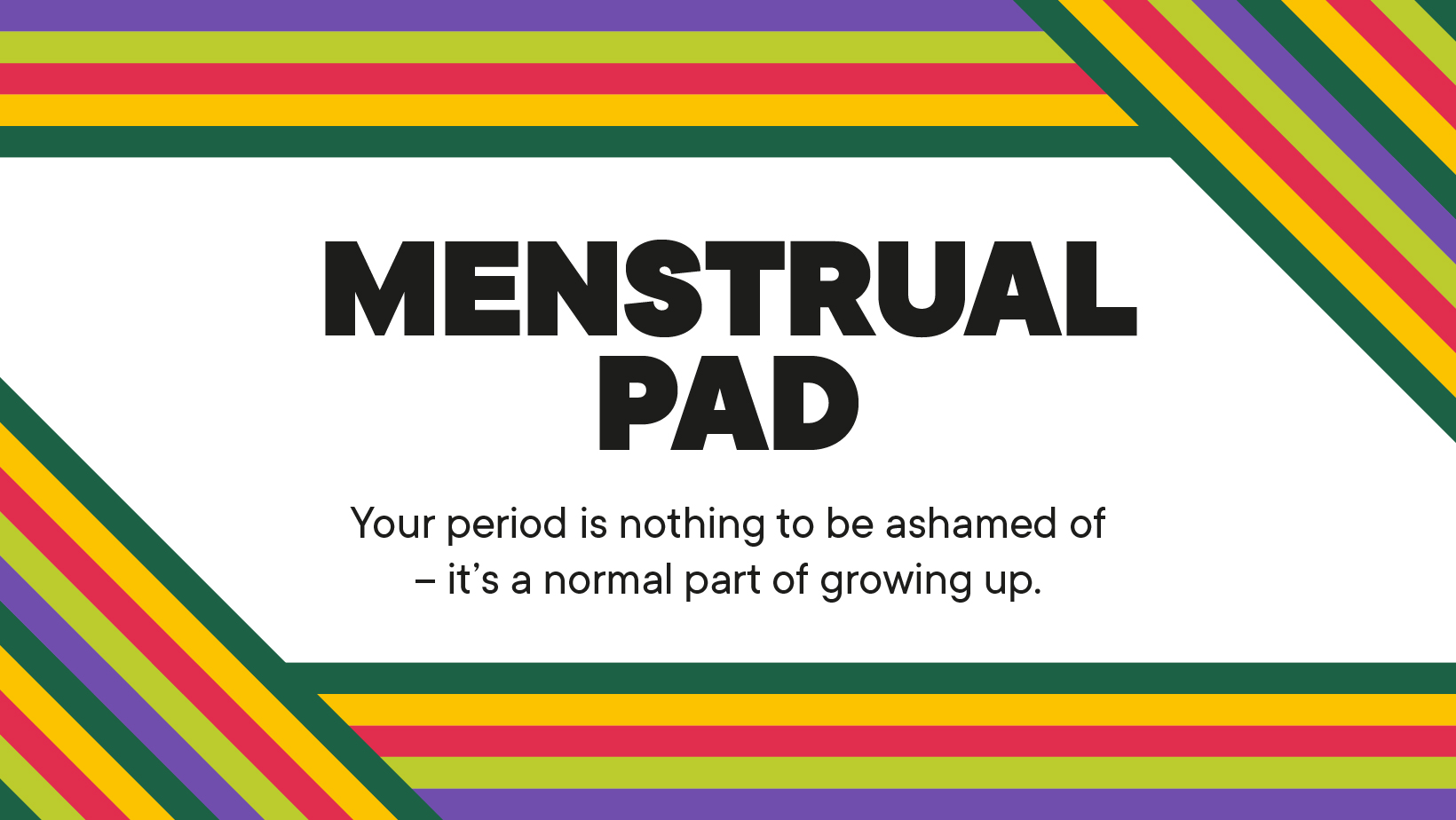UNAIDS Releases Exciting New Data
UNAIDS has released a new report documenting sharp declines in AIDS-related deaths and transmission of the virus worldwide, and significant increases in the number of people living with HIV who now have access to HIV treatment. The report, Ending AIDS: progress towards the 90-90-90 targets, shows the advancement of global efforts launched by UNAIDS in 2014. More specifically, the 90-90-90 targets call for 90% of all people living with HIV know their HIV status, 90% of those diagnosed have access to antiretroviral therapy, and 90% of those in treatment have reached viral suppression by the year 2020. The most progress has been seen in eastern and southern Africa, the region of operation for mothers2mothers (m2m), which is an important achievement as it is where more than half of people living with HIV in the world are located. In this region there has been a 29% drop in new HIV infections since 2010, including a 56% decline in new infections among children.
Report highlights include:
Globally, new HIV infections among children have declined 47%, from an estimated 300,000 in 2010 to 160,000 in 2016. That is more than 400 children infected with HIV each day.
In eastern and southern Africa, the regions most affected by HIV/AIDS, more than 200 children are infected with HIV each day (77,000 per year).
In 2016, 89% of HIV-positive pregnant women in eastern and southern Africa had access to antiretroviral medicines to prevent mother-to-child transmission, compared to the 76% that had access worldwide.
51% of HIV-positive children in eastern and southern Africa have access to antiretroviral therapy, compared to 43% of children worldwide.
An estimated 50% of people living with HIV in eastern and southern Africa have achieved viral suppression.
Although this news is encouraging, the report indicates areas of concern, especially among adolescents. Of the 790,000 new infections in the eastern and southern Africa region, roughly 610,000 were in young adults ages 15-24. Young women in particular are at high risk; their rates of new infection are 44% higher than their male counterparts.
